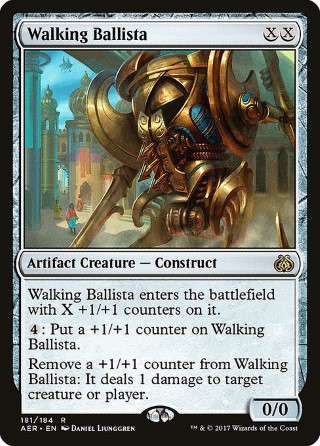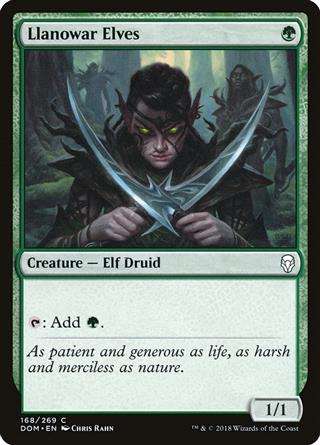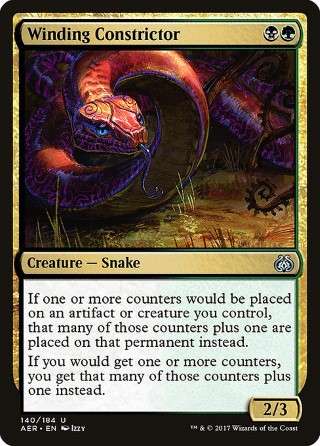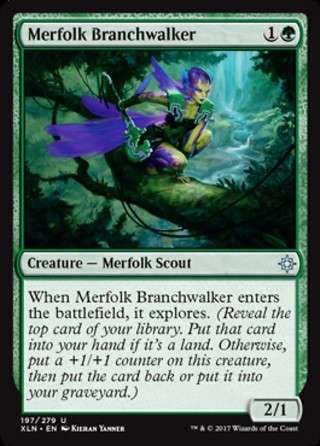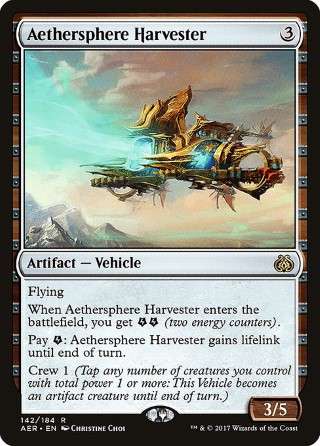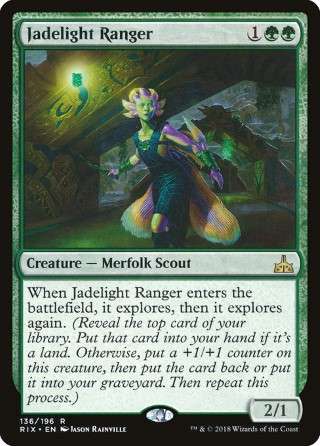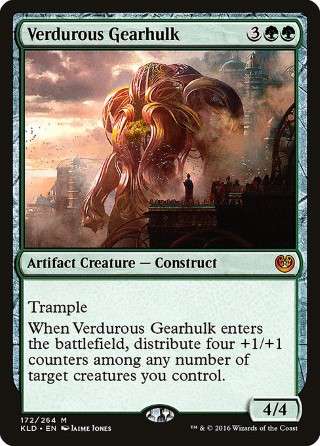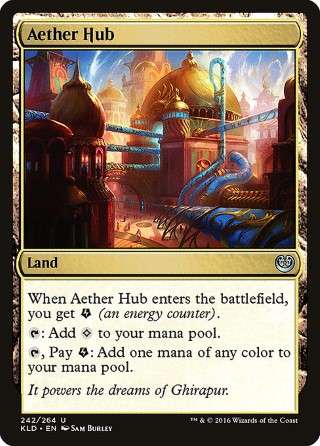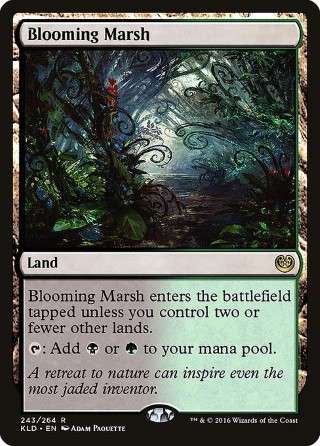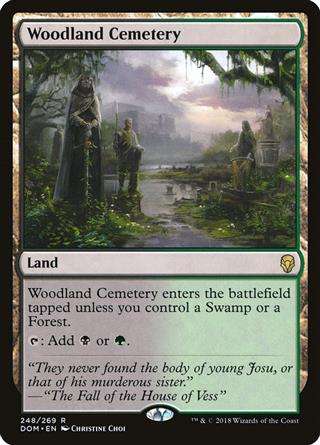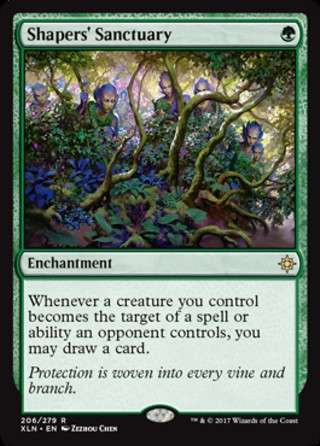Standard - [Article] G/B Constrictor
- Deck contains 19 invalid cards for this format: Merfolk Branchwalker (XLN), Verdurous Gearhulk (KLD), Aether Hub (KLD), Blooming Marsh (KLD), Winding Constrictor (AER), Aethersphere Harvester (AER), Rishkar, Peema Renegade (AER), Walking Ballista (AER), Glint-Sleeve Siphoner (AER), Jadelight Ranger (RIX), Ravenous Chupacabra (A25), Woodland Cemetery (DOM), Llanowar Elves (DOM), Shapers' Sanctuary (XLN), Vraska, Relic Seeker (XLN), Nissa, Vital Force (KLD), Aethersphere Harvester (AER), Lifecrafter's Bestiary (AER), Fatal Push (AER)
Main 60 cards (16 distinct)
| Creature (32) | |||
|---|---|---|---|
| $0.50€0.320.02 | |||
| $0.43€0.260.02 | |||
| $0.49€0.430.04 | |||
| $0.35€0.280.03 | |||
| $0.25€0.200.03 | |||
| $0.33€0.190.02 | |||
| $9.19€9.941.24 | |||
| $0.50€0.420.02 | |||
| $0.40€0.320.03 | |||
| Instant, Sorcery, Enchantment, Artifact (6) | |||
| $0.36€0.130.02 | |||
| $0.18€0.050.03 | |||
| Land (22) | |||
| $0.49€0.310.03 | |||
| $1.60€1.170.02 | |||
| $4.22€2.590.61 | |||
|
3
Swamp
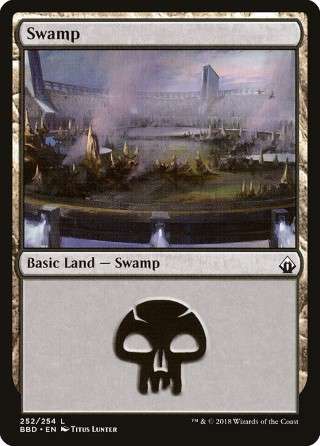
|
$0.68€0.08 | ||
|
7
Forest
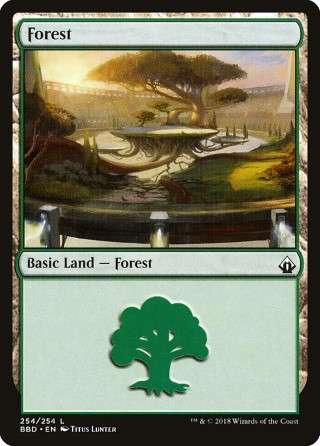
|
$1.05€0.08 | ||
Side 15 cards (7 distinct)
| $1.93€1.501.25 | |||
| $0.50€0.470.02 | |||
| $1.00€1.530.12 | |||
| $0.36€0.130.02 | |||
|
3
Duress
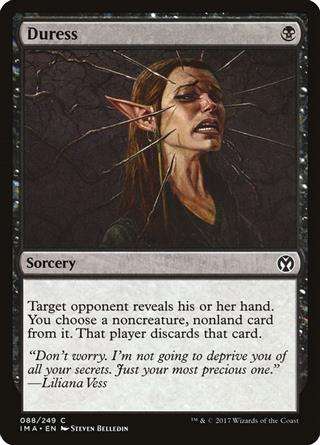
|
$0.21€0.120.04 | ||
| $2.84€1.450.02 | |||
| $3.85€2.750.03 |
(Simplified, true algorithm in MTGA not revealed by Wizards yet)
COMPARE WITH AETHERHUB COLLECTION
Add at least 100 different cards to your collection and set it as your Compare Collection on the manage page to see what cards from this deck you are missing.
COMPARE WITH MTG ARENA COLLECTION
Compare your MTG Arena Collection with AetherHub decklists or any other decks found on the web with the MTGA Assistant extension. Syncing your account will automatically upload your collection so you can see what cards you are missing right here.
Learn more Download For Windows
In a world of Red Aggro decks and Teferi-based Control decks, which alternative has the greatest odds? JackischMTG makes the case for G/B Constrictor!
Want to see how it's played? Check out my livestream and VODS at https://www.twitch.tv/jackischmtg!
If you’re like me, you’ve been frustrated with the prevalence Mono Red and only have so much fun playing control decks game after game. Recently, Brian Bran Duin posted an article over on TCGPlayer, in which he felt out of ideas when it came to solving the chainwhirler problem. That problem, to be clear, is that mono red and other chainwhirler variants have the aggression of Red Deck Wins with the staying power of Jund Decks. Add in chainwhirler’s ETB, and you’ve got a recipe for a tier 1 deck that eliminates many of the otherwise possible answers (for free!) in the standard card pool.
At the end Brian’s article, he mentions,
“One strategy that has basically completely fallen off the map for everyone except exactly Jeff Cunningham is B/G Constrictor. Personally, I think that B/G Constrictor is not favored against many decks in the format, including being unfavored against B/R Aggro and control decks. Somehow, he continues to win with the deck, though, so perhaps there is something that myself and everyone else is missing here.”
Not believing that one could play a non-rogue, tier 2 deck and win a standard MOCS tournament like Jeff did, I set out to find out Jeff’s magic. 25+ games of MTGA later (and three 5-0 competitive constructed queues), I think I have a good summary for why Jeff has been winning so much with a deck most had all but forgotten. Important to note here for my readers who only play MTGA, this deck is best used in the Bo3’s.
In short, it’s all about Jeff’s game plan. What Jeff’s list does is focus strictly on two things for game 1:
Maximise the consistency of the “nut draw”. If you’ve ever been on the receiving end of G/B constrictor just “going off”, you know that short of having a removal heavy hand, you just lose.
Be as prepared as possible for aggro in game 1. To that end, we run as low of a curve as possible for our archetype, with the only four drops being 4x Chupacabras and the only 5 drops being 4x Gearhulks. With this game plan, we can quickly gum up the board and disincentivize our opponents from “just turning creatures sideways” in the early turns of the game. Just as good, sometimes our RDW opponents will spend their early turns casting lightning strikes, abrades, magma sprays, and shocks, rather than adding pressure to the board. 4x Chupacabras provide incredible value in the form of a body to block and a kill spell in one, which is often times enough to allow us to start getting on the offensive. This is a notable difference from Vraska’s contempt, as that only provides 2 life, not a 2/2 body. Chupacabra being a creature also allows us to find our next kill spell more reliably with our 4x Adventurous Impulse. We do lose our ability to exile cards like Hazoret or Phoenix, but do maintain the ability to reliably block hazoret with Gearhulks ETB trigger.
Games 2 and 3 remain mostly the same for aggro, with relatively minimal sideboarding.
-4 Glint-sleeve
-1 Jadelight
+2 Fatal Push
+1 Aethersphere Harvester
+2 Shaper’s sanctuary
As for control decks, we generally have a harder time game one when we don’t get our nut draw, but still have the ability to grind out advantage with our explore creatures and Glint-Sleeve Siphoners. Moving into games 2 and 3, we are loaded up with sideboard tech if our opponent is not on Scarab Gods.
+3 Duress
+2 Shaper’s Sanctuary
+3 Lifecrafter’s Beastiary
+2 Nissa, Vital Force
+2 Vraska, Relic Seeker
-2 Merfolk Branchwalker
-2 Aethersphere Harvester
-4 Chupacabra
-2 Verdurous Gearhulk
-2 Adventurous Impulse
Duress clears out counterspells, board sweepers, and big game changing spells like Teferi, all while giving us the information to sequence our following plays as perfectly as possible given the situation.
Shaper’s Sanctuary and Lifecrafter’s Beastiary gives us incredible resilience to control’s reactive game plan, and keep our aggression going all game long.
Nissa, Vital Force can be a fantastic answer to a turn 5 Teferi or Fumigate, and even has the ability to “ultimate” on the following turn. We also have the option to find an important, match-deciding permanent like a previously-countered Lifecrafter’s Beastiary in the graveyard.
Vraska, Relic Seeker gives us the ability to deal with opposing cast outs, bindings, and seal aways, while allowing for additional pressure to be made in the following turns.
As I mentioned earlier, this game plan is for when they ARE NOT on Scarab God. As is already common knowledge, Scarab God is one of the best cards in the format vs opposing Midrange decks, which we certainly are. In match-ups with Scarab Gods, we want to keep our Chupacabras and have our 2x Vraska, Relic Seeker. As long as we play out an aggressive start, we can usually “time-walk” our opponents by sending the Scarab God back to the graveyard and then back to their hand while we punch through enough damage. The key here is to make sure that we can punch through enough damage to kill them before they can stick a Scarab God AND activate it’s ability.
Latest Articles
Login to comment
2 comments
| 8 | 14 | 24 | 4 | 0 |
|---|---|---|---|---|
| 3 | 2 | 6 | 4 | 0 |
| Symbols | Percentage | Lands |
|---|

